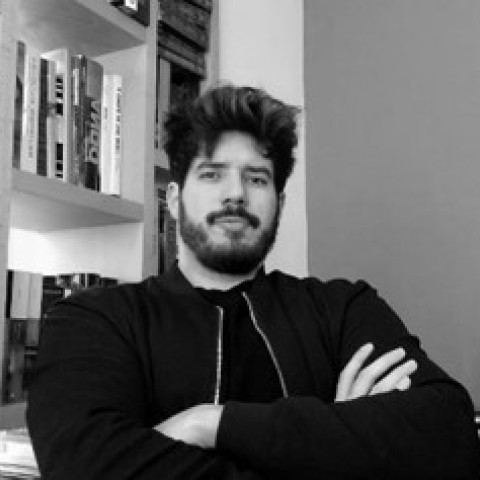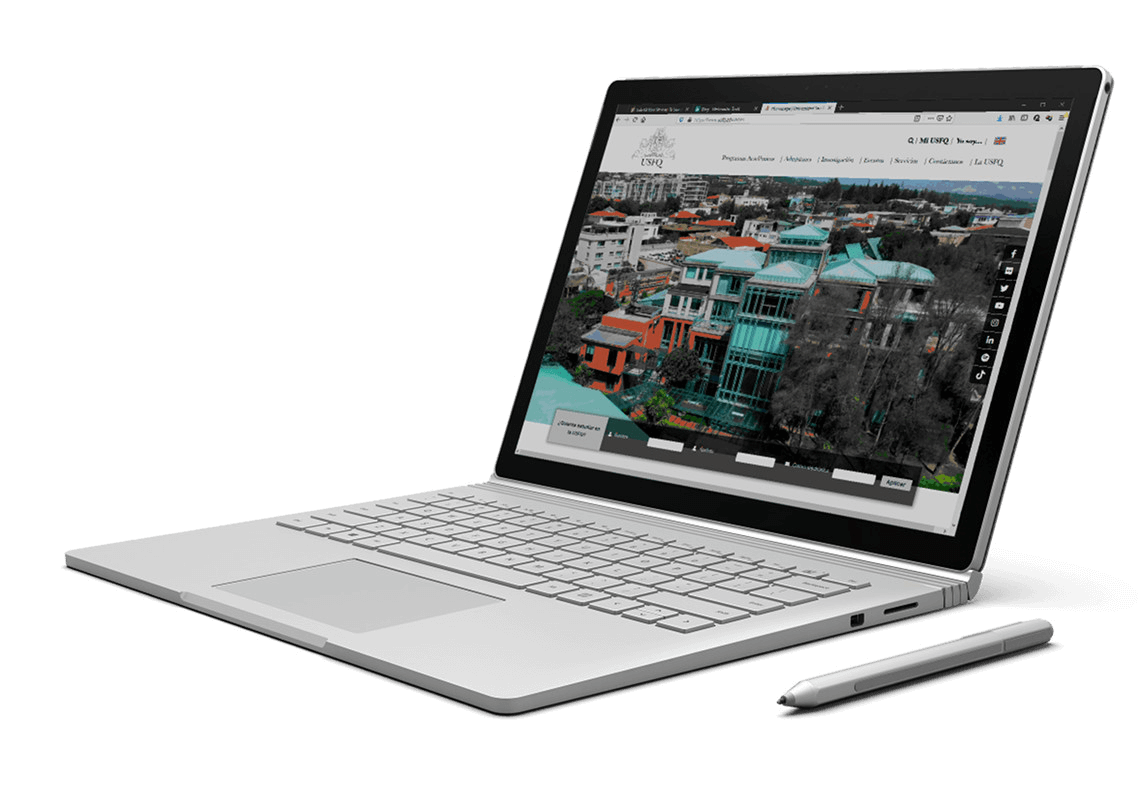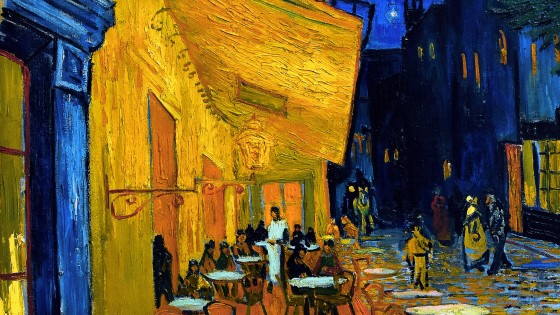Art History: The Illusions of Modernity 2024
Fechas
Registro
In 1930, the German literary critic Walter Benjamin famously christened Paris as the "capital of the 19th century." At first glance, the metropolis certainly fulfilled all the requirements. Its boulevards were widened for elegant urban walkers, impeccably dressed in their suits, top hats, and virile canes. The new arcades were intended for beautiful Parisian women—corseted like wasps and diminutive amidst waves of silk—to devour the glass shop windows and their luxurious industrial goods. The alleys of the legendary Montmartre had been enlarged to accommodate dazzling cabarets where, night after night, the upper bourgeoisie flirted with the seductive dangers of bohemia. And, over the Champ de Mars, in the very place where crowds had consecrated their lives to the bloody Revolution, the Eiffel Tower rose, that fulminating beacon of Western civilization in an electrified era.
Paris was also home to the famous Impressionists, the new rebellious artists of fleeting modernity, who painted en plein air, rapidly, with their pre-manufactured pigments of never-before-seen hues, thus turning the city into vibrant explosions of color. Unconsciously—or perhaps deliberately—the painters of the fin-de-siècle were vital cogs in the unstoppable machine of modernity. But behind their innovative brushstrokes lay a more visceral, perhaps less picturesque reality, and one that was not solely French.
This course seeks to question the perpetuated assumption by traditional discourse that praises Parisian art as the exclusive axis of modernity and modernism. More than that, it aims to demonstrate how other styles of art that had often been judged as outdated, conservative, or superficial due to their high aestheticism, equally expressed the anxieties and melancholies of modern men and women. Whether in Dickens's smoky London, Klimt's golden Vienna, and yes, in the aforementioned Paris of Baudelaire and the Belle Époque, late 19th-century painting knew how to lift the illusory veil that had masked the reality of the human condition, precisely at the moment when the new urban life would change it forever.
Online
36 hours - 32 hours of real-time class and 4 hours of self-paced learning.
Tuesday and Thursday from 6:00 PM to 8:00 PM.
General Public Rate: $380
Art History ALUMNI Rate: $330
Early Payment Rate: $345 (Feb 16)
General Description
Objectives:
-
Introduce the student to European art of the second half of the 19th century, providing sufficient stylistic and theoretical parameters, historical information, and critical questioning about it.
-
Impart different methodologies of art history to the student, so that they can interpret a work in a comprehensive and critical manner.
-
Perceive the role that the analyzed works played both in art history and in the global history of the time.
-
Recognize the personalities and emblematic works of the period.
-
Enable students to perceive how the art of the period under study maintains current relevance, and how it can be interpreted from absolutely contemporary perspectives.
-
Encourage students to foster not only an aesthetic appreciation but also a critical and sensitive appreciation of art.
Target Audience:
This course is open to the general public, both for art enthusiasts wishing to deepen their knowledge and for individuals who have not been previously exposed to it. Chronologically, it is a continuation of the course History of Art: Art and Freedom, but prospective students do not need to have completed the previous cycle to enroll.
Content
PART I | The Seeds of Rebellion
-
The Crisis of the Academy
In a rapidly changing world, French artists of the "Generation of 1830" launch a final cry of war with their conservative art, while their obstinate rivals focus on realities previously ignored by "high art."
Key Artists: William-Adolphe Bouguereau, Gustave Doré, Alexandre Cabanel, Paul Delaroche, Jean-Léon
-
A Romance with the Past
How English Pre-Raphaelite rebels produce romantic works that conceal contemporary concerns behind their meticulous visions of a legendary past.Key Artists: John Everett Millais, William Holman Hunt, Dante Gabriel Rossetti
-
Art for Art's Sake
How Dante Gabriel Rossetti and the second wave of Pre-Raphaelite painters open the doors to provocative and poignant evocations of an art that perhaps exists only for and by itself.
Key Artists: Dante Gabriel Rossetti, Simeon Solomon, Edward Burne-Jones, Frederic Leighton, John William Waterhouse
IV. An Aesthetic Modernism
How two late-century masters of Aestheticism offer astute premonitions about the future art of the 20th-century Avant-Garde.
Key Artists: Albert Moore, James Abbott McNeill Whistler
V. The Appearances of Salome
How the intricate ornamental surfaces of an Academy master are veils that conceal a dangerous past of seduction, yet simultaneously hide modern spectacles.
Key Artist: Gustave Moreau
PART II | La Belle Époque
VI. The Myths of Modernity
How the reconstruction of Paris, alongside an imperialist industrial complex and a massive cultural program, step by step constructs the mythical vision of the "Capital of the 19th Century."
Key Names: Baron Haussmann, Walter Benjamin, Charles Baudelaire, Victor Hugo, Émile Zola, Gustave Eiffel, Édouard Manet, Edgar Degas, Gustave Caillebotte
VII. The City of Light
How new technologies of artificial light dazzle the spectacular Parisian metropolis, electrifying the images of modern artists.
Key Artists: Charles Marville, Gustave Caillebotte, John Singer Sargent, Charles Courtney Curran
VIII Demimonde: Manet and Modernity
How the painting of intimate interior spaces, or sexualized spaces in and around the metropolis, reveals contemporary concerns about femininity and masculinity.
Key Names: Édouard Manet, Charles Baudelaire, Émile Zola, Edgar Degas, Henri de Toulouse-Lautrec
IX Modernity and Gender
How the painting of intimate interior spaces, or sexualized spaces in and around the metropolis, reveals contemporary concerns about femininity and masculinity.
Key Artists: Frédéric Bazille, Henri Fantin-Latour, Gustave Caillebotte, Edgar Degas, Mary Cassatt, John Singer Sargent, Berthe Morisot, Henri de Toulouse-Lautrec
X Paris, By Day
How the art of nocturnal spectacles, from the Opera Garnier to the provocative underworld of the café-concert, dazzles in works that transgress and simultaneously reinforce strict social hierarchies.
Key Artists: Édouard Manet, Pierre-Auguste Renoir, Claude Monet, Camille Pisarro, Alfred Sisley, Georges Seurat
XI Paris, By Night
How the Impressionist rebels and their successors not only become masters of light but also authentic visionaries of fleeting modernity.
Key Artists: Édouard Manet, Edgar Degas, Henri de Toulouse-Lautrec, Jules Chéret, Georges Seurat
PART III | Escaping Modernity
XII. Against the Current: Symbolism, Decadence, and Femme Fatales
How European art of the fin-de-siècle unveils a disturbing convergence between sexual anxieties, lethal beauties, and hidden decadences.
Key Names: Aubrey Beardsley, Oscar Wilde, Joris-Karl Huysmans, Gustave Moreau, Joséphin Péladan, Jean Delville, Edvard Munch, Arnold Böcklin, Fernand Khnopff, Félicien Rops, Franz Von Stuck, Odilon Redon
XIII. Art Nouveau
How French Art Nouveau, the English Arts & Crafts movement, and the ironically modern invasion of new graphic and architectural arts respond to industrial "ugliness" and critique 19th-century capitalism.
Key Artists: William Morris & Co., Alphonse Mucha, Jules Chéret
XIV. The Golden City
How an Austrian artist leads an archetypal artistic rebellion of his generation and inaugurates the golden era of painting in Vienna, in all its splendor and perversion.
Key Artist: Gustav Klimt
XV. Escaping Modernity
How the art of the transgressive French Neo-Impressionists not only proposes scathing critiques of modern life anxieties but also of the illusions of painting art.
Key Artists: Paul Gauguin, Paul Cézanne, Vincent Van Gogh
Instructor

Luis Andrés Tescaroli
MA in Art History and Archaeology from the Institute of Fine Arts at New York University, United States. Prior to this, they obtained their bachelor's degree in Communication Design with a minor in Art History from the Universidad San Francisco de Quito. They have received honors and academic awards from the Fulbright Commission and the NYU Graduate School of Arts and Sciences. Their academic interests focus on European modern art, specifically French art and visual culture of the late 19th century, as well as late Romanticism and English Aestheticism of the same period. They have been a professor of Art History at USFQ since January 2010.
Registration
Values:
General Public Fee: $380
Art History Alumni EDC: $330
Early Payment: $345 *rate active until February 16, 2024
The program fee can be paid through the following methods:
STEP 1: Make the Payment
Bank Transfer or Cash Deposit
Account Information:
Payable to Universidad San Francisco de Quito
Banco Bolivariano
Current Account No. 5075003350
(RUC: 1791836154001)Payable to Universidad San Francisco de Quito
Banco Pichincha
Current Account No. 3407330004
(RUC: 1791836154001)
Credit Card
Click on the following PAY HERE and complete the information requested by the form. Upon completion, you will be automatically registered in the system.
With Banco de Pichincha or Banco de Guayaquil credit cards, you can access the following financing options: 3 and 6 months interest-free, 9 and 12 months with interest.
STEP 2: Confirm Your Payment
If you made the payment through Bank Transfer or Deposit, please send a copy of the deposit receipt (scanned) and your personal information (full name, ID number, phone, and address) to the following email: rordonez@usfq.edu.ec
* If you require an invoice with different details than the participant's, please specify in the email the following information (company name, tax ID/ID number, phone, address, and email).
If you made the payment with a Credit Card, it is not necessary to confirm your payment, as the system will automatically register your information.
STEP 3: Registration Confirmation
You will receive a registration confirmation email with relevant course information.
* The program coordination reserves the right to suspend or reschedule the activity if it does not have the minimum required number of students or due to force majeure reasons. In such case, the full amount will be refunded to enrolled students as soon as possible.

